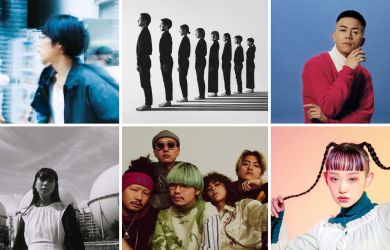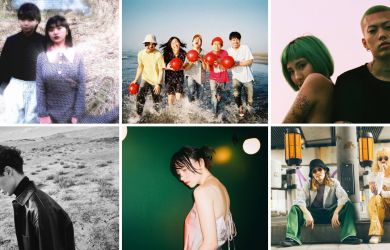
If you’ve ever found yourself suffering from appropriate-apparel anxiety before a big event, know that you’re not alone. And although common sense feels like a reliable guide, “common” varies from culture to culture in truly unexpected ways—and you don’t want your common sense to leave you in a post-faux-pas funk. While there will be regional (and generational) variations, here is a general (and conservative) guide to dressing for special events in Japan.
Weddings: Avoid all white or all black. If you go with either, add colorful accessories. Have hemlines reach at least your knees, and cover bare shoulders with a stole or something similar. Avoid black and colored tights, sheer tops, open-toed shoes, boots of any length, shoes without backs and anything with animal print. Summer weddings may allow some leeway, but if there is any doubt, conservative is best.
Funerals: Ososhiki demand black from top to toe. That includes ties, shoes, purses and almost everything in between. The exception is white shirts if you’re wearing a suit, and school uniforms for kids. Dresses should have sleeves and reach below your knees. Black tights are obligatory; sunglasses a definite no. Shiny things and rings other than wedding bands are out, and a single-strand pearl necklace is the only acceptable white accessory. Otsuya, the ceremony the night before the main service, allows a bit more wiggle room, with dark blue or dark gray outfits acceptable, but ties should still be black. For small kids without uniforms or funeral attire, a nice, dark-colored outfit will suffice—just make sure there’s no red in it whatsoever. Coats, umbrellas and other weather-related accessories should be black or another somber color. All clothing should be simple and without decoration.
Rites of Passage: For children’s life events such asMiyamairi (a newborn’s first shrine visit), Shichi-Go-San (the celebrations for three- and seven-year-old girls and three- and five-year-old boys), or school entrance and graduation ceremonies, most parents will show up in suits, with skirt suits being common for women. That being said, these are places where you can let out some of your personal style, so dresses, skirts and pants are A-OK as long as they’re dressy. If you decide to wear a kimono, follow the protocol for seasonal pattern, color and style (and if you don’t know what that means, skip the kimono).
Pantyhose Primer: Until recently, skipping pantyhose was a big no-no in Japan. Though times have changed and young women are starting to go bare-legged, for formal occasions it’s wise to err on the side of tradition and hose up. If the event is on the casual side and it’s summer, you can probably go without, but it might be best to ask if anyone else will be forgoing convention beforehand—and it wouldn’t hurt to have a pair in your bag, just in case.





